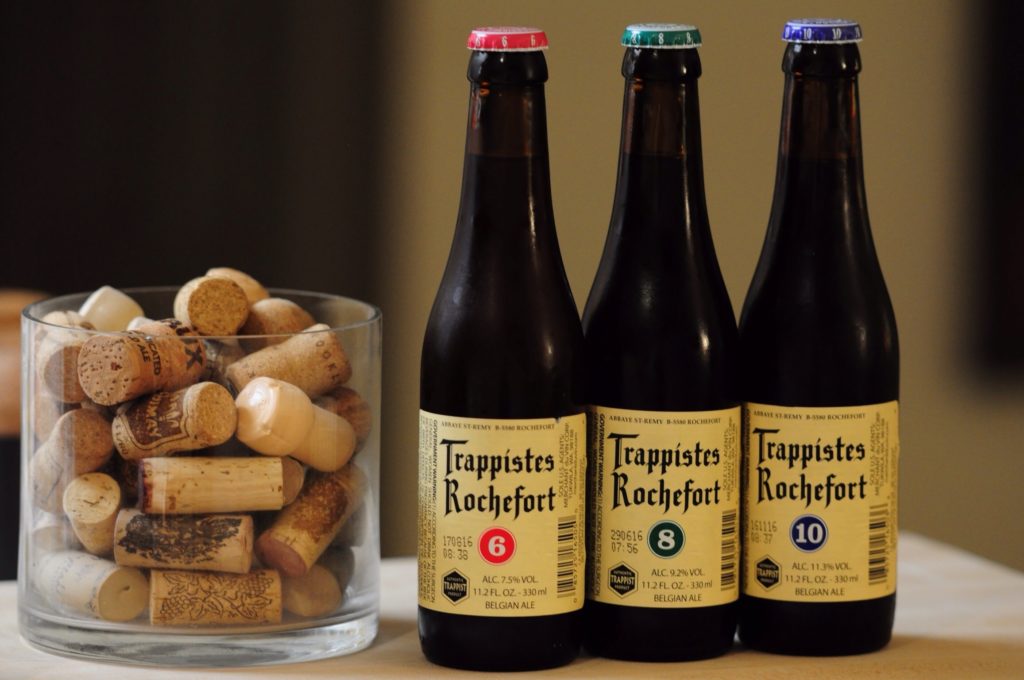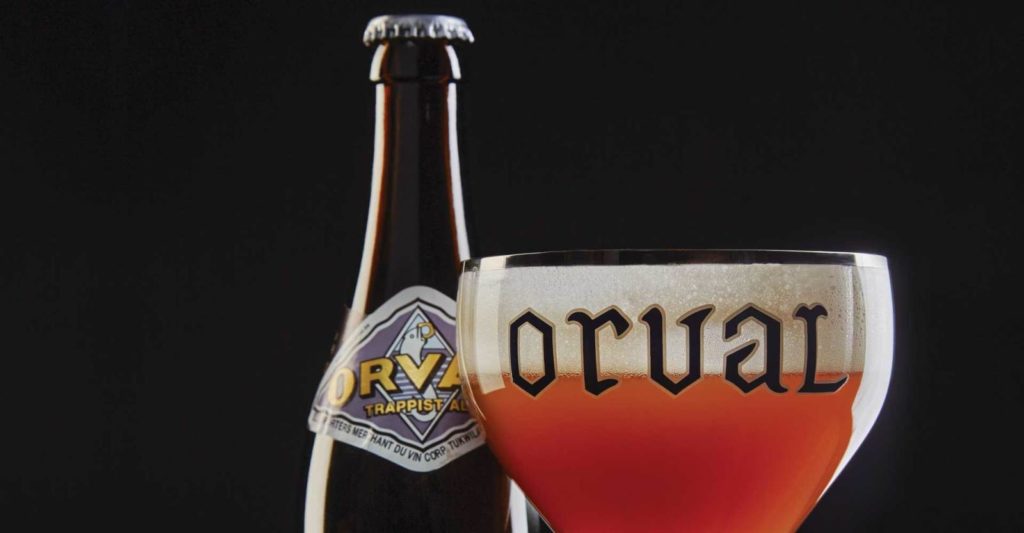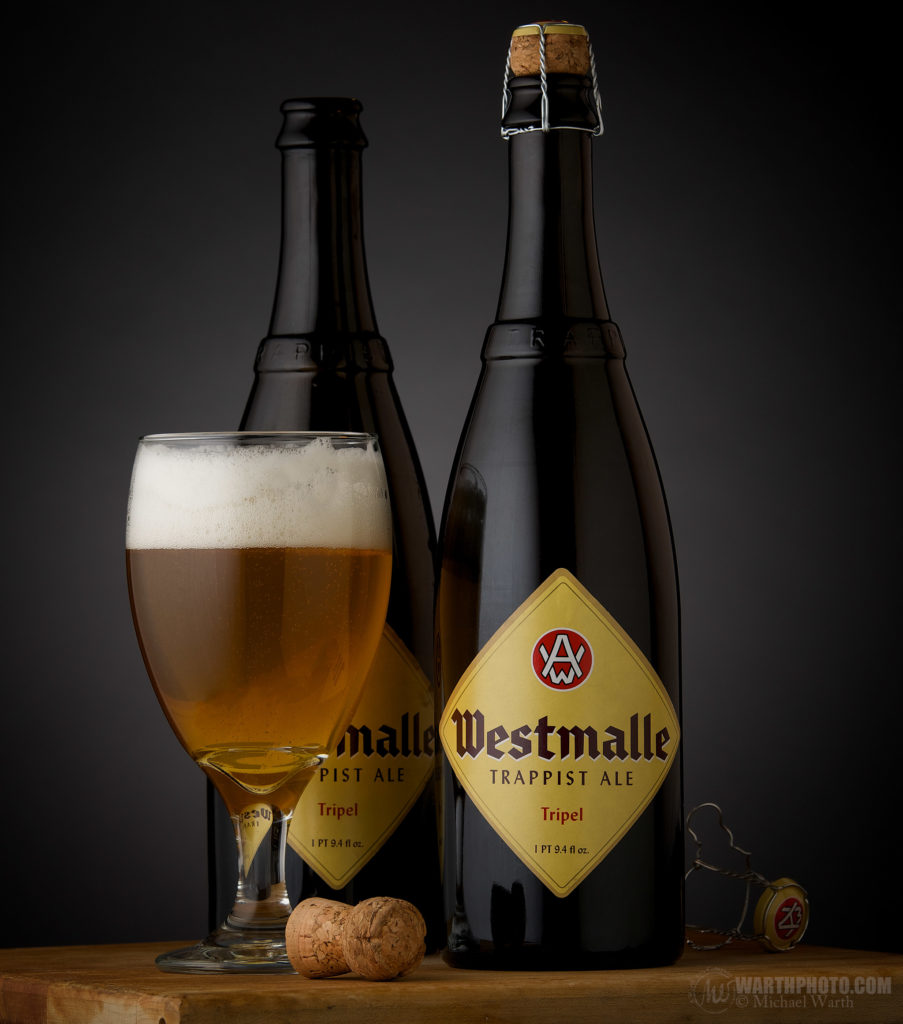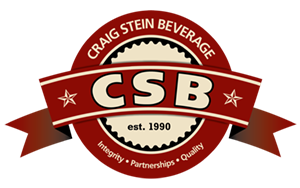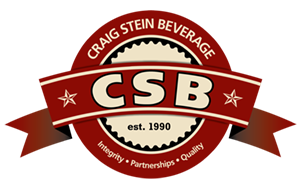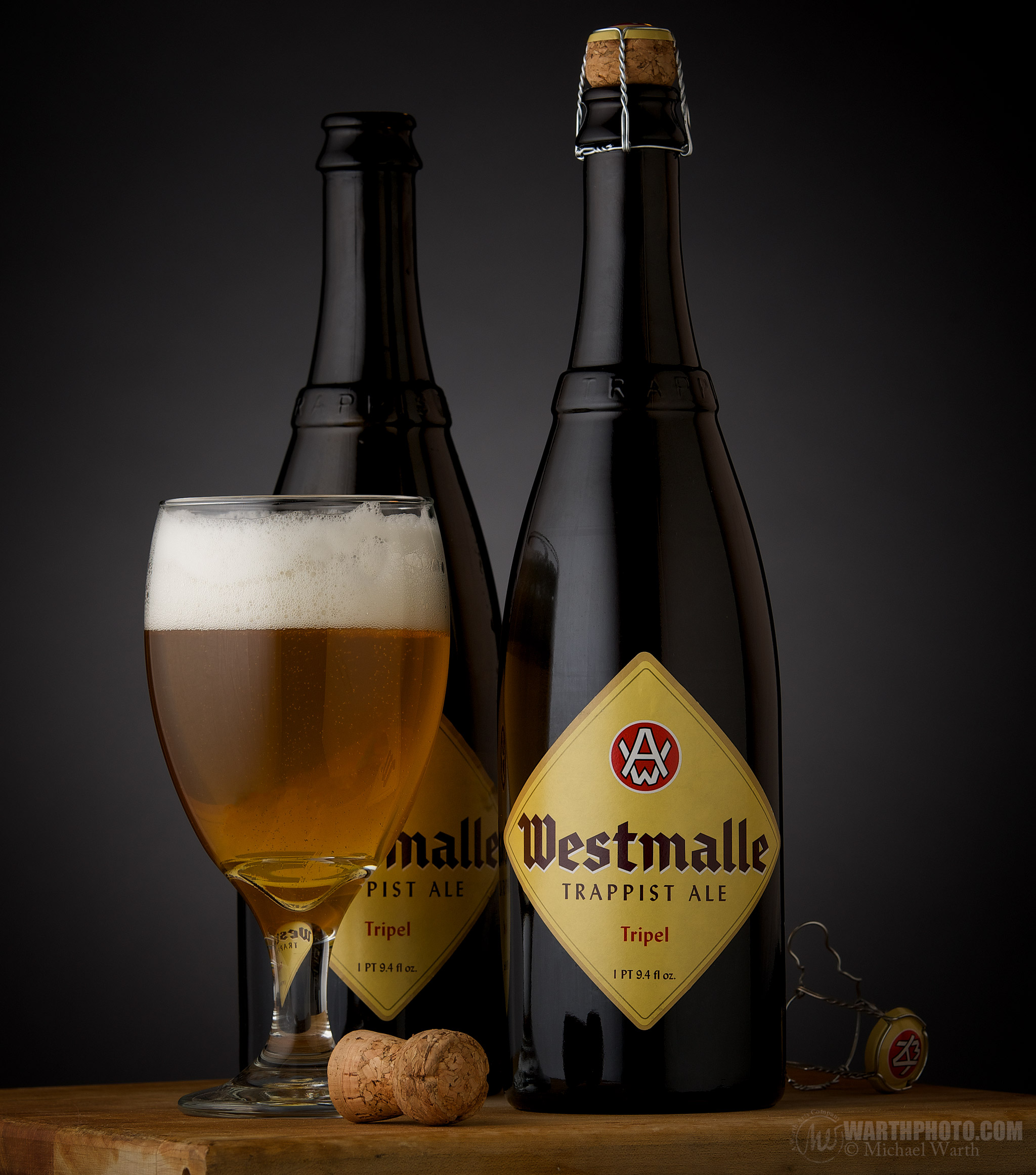
By: Keegan Cantrell
If you have been paying any attention to the news, you undoubtedly picked up NASA’s latest press release as it was rolling through one of your media feeds.
Be it Facebook, Google, Twitter, Email etc. The internet is positively giddy over the announcement of a new planetary system of 7 earth sized terrestrial planets, orbiting a well-aged, reasonably warm sun.
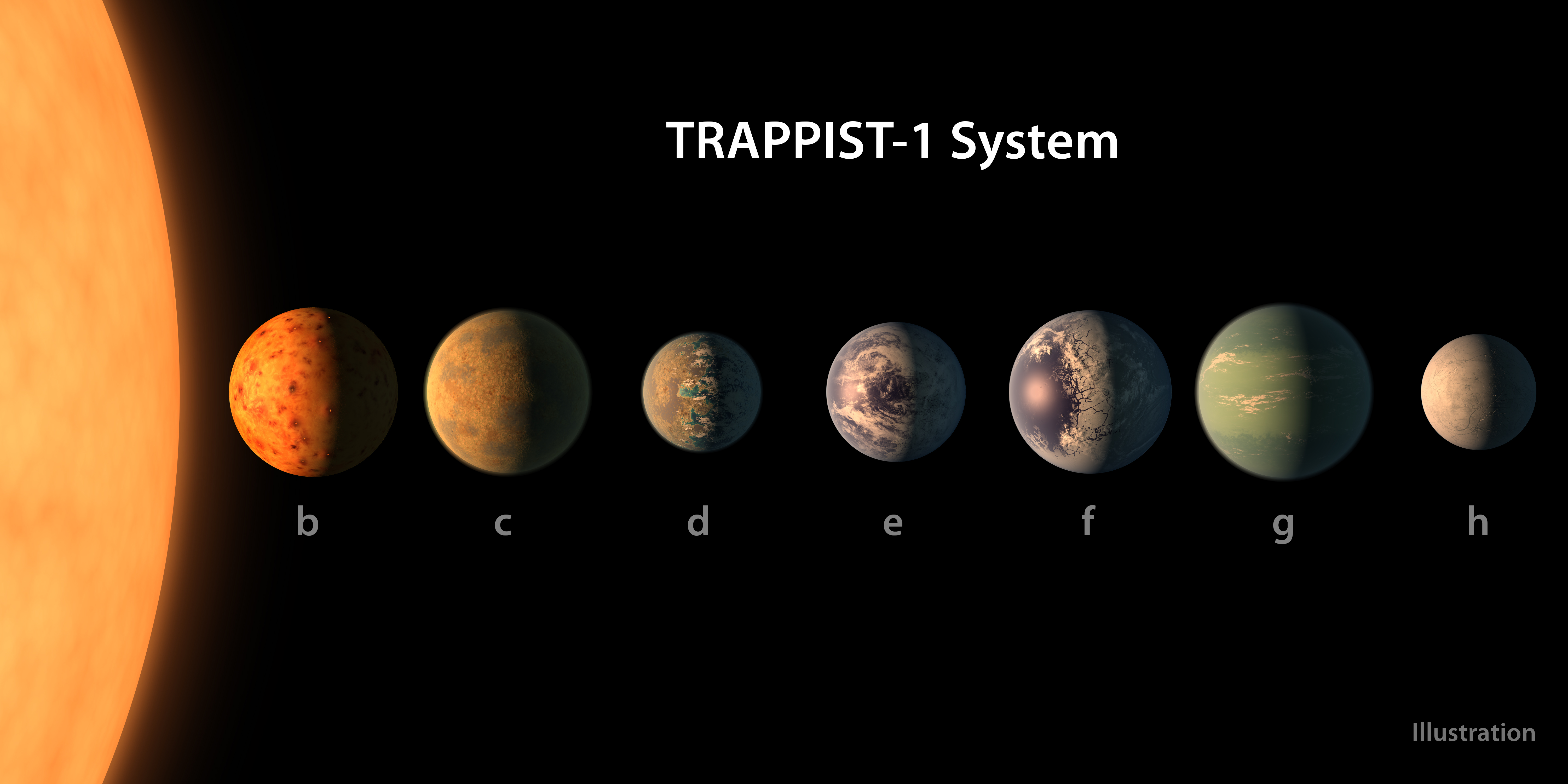
Trappist-1 System © Nasa
That’s exciting. Who doesn’t love new things? Especially PLANETS.
New planets ARE great. Terraforming, colonizing, adventuring to new solar systems. Manifest destiny of the stars.
But I’m here to talk about something truly otherworldly we have right here in our own earthy backyard.
Until a few days ago the term “Trappist” was traditional associated with only one thing; monks who make legendary beers.
So before the term becomes diluted by the discovery of “new earth like planets” lets talk about Trappist Beer.
Trappist beer is brewed by The Order of Trappist monks in old Trappist monasteries.
There are currently only 11 Trappist Monasteries in the world that carry the Trappist name. There are Six in Belgium, two in the Netherlands, and one in Austria, Italy, and the U.S. (East Coast)
The Trappist order originated in La Trappe, France in the Cistercian monastery around the mid 1600’s.
Monks and beer actually go way back and during the middle ages it was not uncommon for churches and monasteries to brew beer to feed the community and pay their bills.
Brewing was often a very good thing because for many years it was understood that beer was good for you and did not make you sick like the water that was readily available at the time. (Granted you didn’t drink too much beer.)
This was due to steps in the brewing process that required the beer to be cooked and or boiled at different stages, effectively removing many of the germs from the water that plagued people throughout the period.
Although they did not know why this was the case it generally helped beer increase in popularity and it became common for devotional groups to produce their own beer, if not to at least maintain self-sufficiency, an important tenant for monasteries.
Trappist monks and their beer developed out of the same necessities, although as the years passed Trappist’s became some of the most active brewers and their reputation for excellent beer and active philanthropy began to precede them.
The Trappist’s became not only legendary for their beers, but their unshakable dedication to brewing beer for the right reasons, and to this day live by the same creed that defined them then “we brew to live, not live to brew.”
That is exactly what makes the Trappist story just that much greater. Beer must be brewed for the right reasons, and beer brewed with integrity will undoubtedly be good.
In the 20th century Trappist beers began to develop a new cult following as beer connoisseurs discovered the unrivaled quality and mission of Trappist beer.
Many of the prominent brewing monasteries at the time saw this not as an opportunity to brew beer commercially, but instead use this popularity to fund their charitable ventures.
In 1997, 8 of the Trappist Breweries got together and formed the International Trappist Association. The goal was to prevent non-Trappist monasteries from abusing the name. They also established their moral criteria by which the members would continue to abide by.
- The beer must be brewed within the walls of a Trappist monastery, either by the monks themselves or under their supervision.
- The brewery must be of secondary importance within the monastery and it should witness to the business practices proper to a monastic way of life
- The brewery is not intended to be a profit-making venture. The income covers the living expenses of the monks and the maintenance of the buildings and grounds. Whatever remains is donated to charity for social work and to help persons in need.
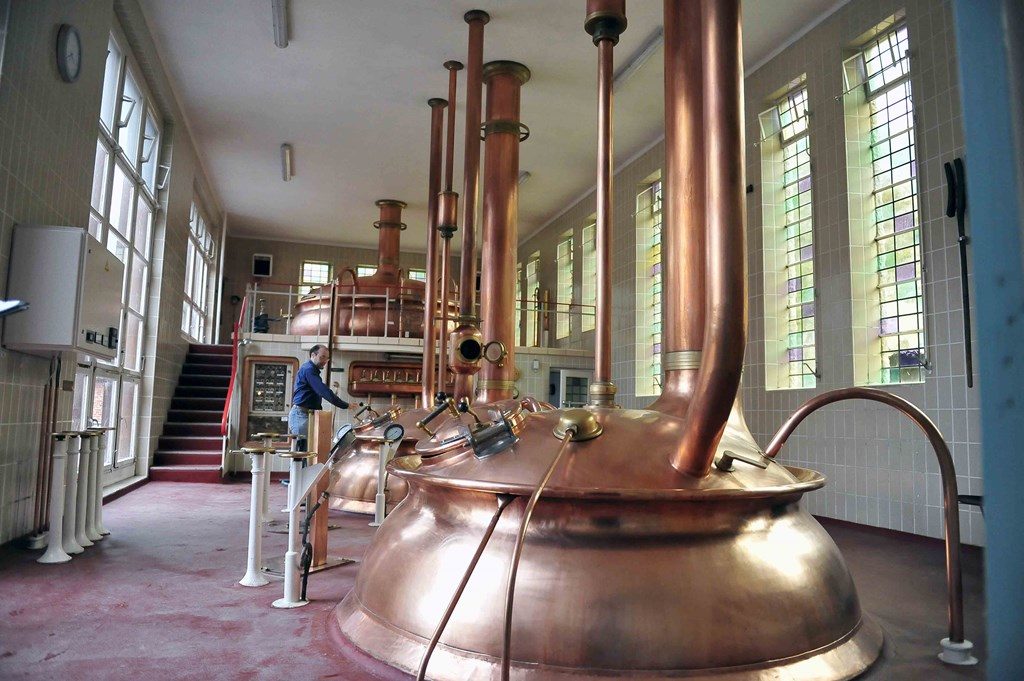
It’s important that these regulations and tenants exist, because Trappist beers are widely regarded as some of the best beers in the world. A title that is routinely upheld year after year as fledgling beer connoisseurs make their pilgrimages to these famous monasteries where they take to the blogosphere to rate and extol these legendary beers.
(A craft beer specialist/former Quality Assurance bottling expert and current purchasing agent here at CSB has two Trappist brews sitting atop his 5 all time beers, made his own pilgrimage to Belgium and was the one who suggested we tell the story of the great beer guru Trappist monks.)
The Westvleteren 12 (XII) (brewed by Westvleteren) in fact has been considered by many to be the best beer in the world. Having achieved near mythic status in the last few years, the Quadrupel dark beer frequently maintains 100’s across the board and is often found at #1 on many beer rating websites.
Adding to the allure, the supply for this king of beers has remained the roughly the same since the 1800’s and there currently are no goals to increase production or to distribute despite pressure from the beer community. The only way to try this beer for your self is at the Abbey, and even then, there is quite a process to go through before you get your hands on it.
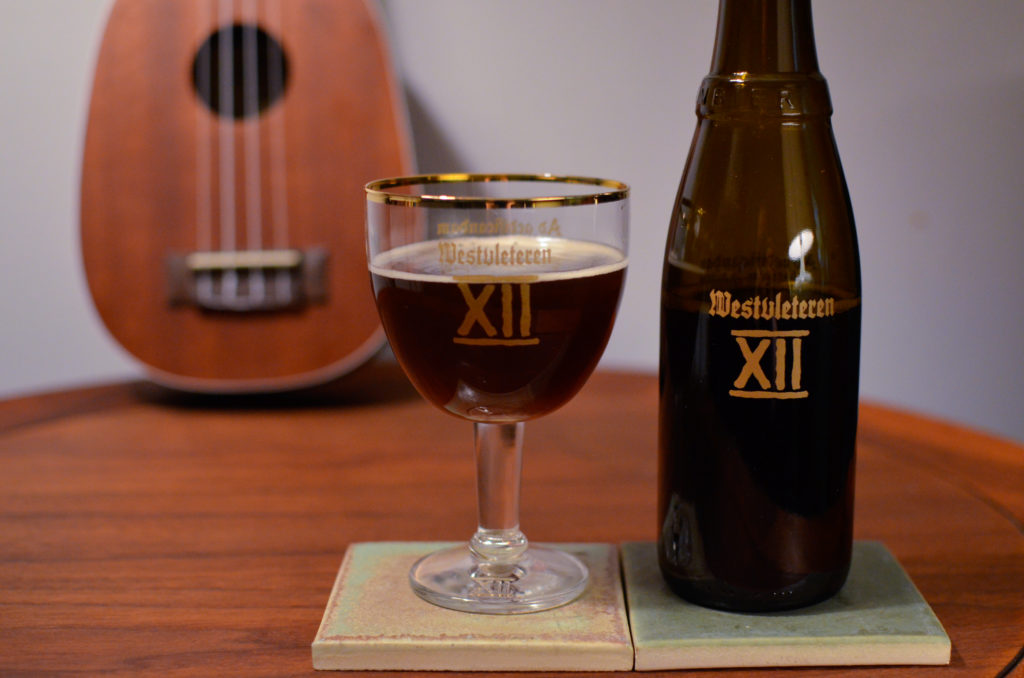
Fact: The beer term “Dubbel” is actually a Trappist naming convention. Originally Enkels, aka “singles” were produced for the majority of the brewings, but as the monks began to experiment with dosing of the ingredients the original Dubbel aka “Double” brew was born. This new heavier more aggressive flavoring and alcohol content became very popular for the time, and the Tripel and Quadrupal soon followed.
So the question is, why are these beers so unbelievably good?
There is much speculation on this, but I believe the gist of it can be boiled down to a few key components.
The first component is your reason behind brewing beer, which we touched on already. There is no greater integrity in brewing beer than doing it for food, bills, charity, and for the sake of good beer. This is seen in all Trappist Breweries and like anything made with love and with a fine eye for detail, it will inevitably be excellent.
The next component is of course experience. When you do anything for hundreds of years with a literal “monk like focus” and attention to detail, pass that knowledge from generation to generation and constantly refine and monitor your process down to holy beer perfection, you have a recipe for pure excellence.
The last component you could argue is often the most important, and that is how the beer is made and what it is made of.
Trappist beer is unique in this aspect for a few reasons, the first being that almost all Trappist beer is “top fermented.”
This refers to how the yeast reacts to the wort and begins to ferment the beer. Some yeasts were originally observed as either being top or bottom “cropping” and would as such be found after fermentation on either the top or bottom of the fermenting wort where it would be collected and reused for future brews.
Top fermenting is rare these days as the study of brewing mycology and the widespread use of conical fermentation containers has helped standardize the process and explain away the differences in yeast temperament. Due to this almost all yeasts are now bottom cropped.
Which brings us to yeast. Yeast is what makes beer so great. Without it’s delightful biological happenings we wouldn’t have the fermentation process, and as such you want strong, natural, well-adjusted yeast for your best beers.
Many modern brewers tend to learn towards yeasts that are reliable and consistent, producing expected profiles over many batches.
But consistency can be bland, and unpredictable can be a good thing.
They say “garbage in, garbage out” and that tends to be the case for just about anything you create.
The Trappist brewers have and continue to use unique blends of wild yeasts that that have been domesticated over many batches.
In the early days of brewing these yeasts were allowed to waft in on the air through an open window into a coolship (open air brewing process) where the yeast would ferment the beer naturally.
Over the years the monks began to collect these yeasts and seek out new strains from different locations and experiment with the wildest ones, noting how the yeast would interact with the beer, and documenting these differences.
Wild yeasts can often have very unfavorable results. This can include off flavors, refusing to interact with the beer, or at worst a completely undrinkable batch. Those who cultivate these stallion’s of the yeast species (such as brettanomyces aka brett) know that it’s this very wild character, that when worked with creates dynamic flavor profiles and striking beers albeit the occasional bad batch.
This naturalist ethos is still an integral part of the Trappist beer process, and it is undoubtedly this commitment to legacy brewing that is such an integral part to the unrivaled quality of their divine beers.
With that being said, new planets are still cool. We get it. New planets could be new human worlds, but that kind of thing just “ain’t my pint of beer.” I’m the kind of person who appreciates the earthly pleasures we already have, and there are few that rival the sheer righteous awesomeness of untouchable beers made by fraternities of beer brewing monks.
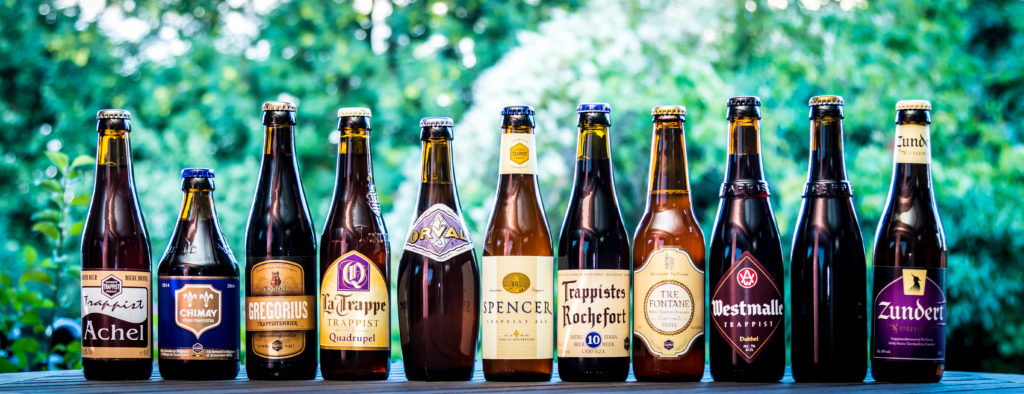
CSB is fortunate enough to offer 7 of these legendary beers from 3 different breweries through our importer Merchant DuVin
- Orval 11.2 oz bottles (One of Grant’s must haves.)
- Belgian Pale, fermented with Brettanomyces (The stallion “I-do-what-I-want yeast”)
- Westmalle Dubbel 11.2 oz bottle, 750 ml bottle (dark, malty, dark fruit flavors, around 8% abv)
- Westmalle Trippel 11.2 oz bottle, 750 ml bottle (golden color, sweet, high alcohol 9-10% abv)
- Rochefort 6, 11.2 oz bottle (dubbel)
- Rochefort 8, 11.2 oz bottle (One of Grant’s must haves.) (Belgian Dark Strong, pretty self explanatory, like a Dubbel, but stronger 9-10%)
- Rochefort 10, 11.2 oz bottle (Belgian Quad, much higher alcohol, like 12% abv) (A favorite of another of our purchasing agents.)
When we say must haves, we mean it is highly recommended that if you have ever enjoyed any kind of beer, this is a “try this before you die beer.” Although the rest of the beers listed are easily recommended given their legendary stature and in fact the Orval 11.2 and Rochefort 8 and 10 just happen to be exceptional even among these beer giants.
